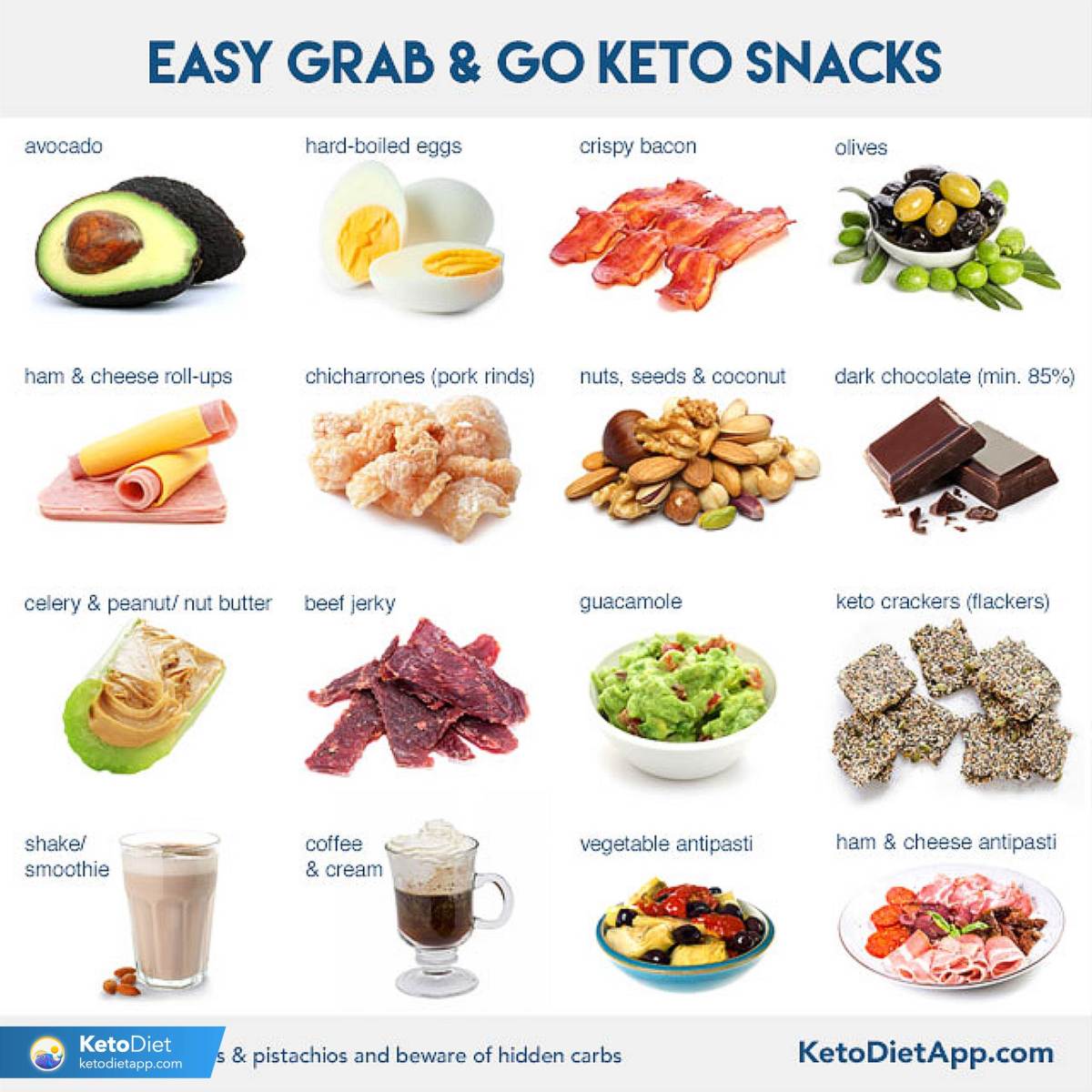Conquer those mid-meal hunger pangs with our guide to the best low-carb snacks! Imagine a world where satisfying your cravings doesn’t derail your diet. This isn’t about deprivation; it’s about strategic snacking. We’ll explore a delicious array of high-protein, healthy-fat, and fiber-rich options, each carefully selected to keep you full and energized without the carb crash. Prepare to discover simple recipes, practical portion guides, and the secrets to mindful eating, all designed to help you navigate the low-carb lifestyle with ease and deliciousness.
From quick, five-minute fixes for busy days to more elaborate snacks perfect for meal prepping, we’ve got you covered. Learn how to harness the power of protein, healthy fats, and fiber to manage your appetite and maintain your weight goals. This isn’t just about a list of snacks; it’s about understanding how to use them effectively to achieve lasting results. Get ready to transform your snacking habits and experience a new level of satisfaction on your low-carb journey.
Healthy Fats for Low-Carb Snacking

Healthy fats are not only crucial for a balanced low-carb diet but also play a vital role in keeping you feeling full and satisfied between meals. Unlike carbohydrates, which can lead to rapid blood sugar spikes and subsequent crashes, healthy fats provide sustained energy and contribute to a feeling of fullness that helps manage hunger pangs. This section explores the benefits of incorporating healthy fats into your low-carb snacking routine and provides simple, delicious recipes to get you started.
The Role of Healthy Fats in Satiety and Overall Health
Healthy fats are essential for numerous bodily functions and play a significant role in weight management within a low-carb framework. They are more satiating than carbohydrates or proteins, meaning they keep you feeling full for longer periods. This is because fats take longer to digest and absorb, leading to a slower release of energy and a more sustained feeling of fullness. Furthermore, healthy fats are vital for hormone production, brain function, nutrient absorption, and maintaining a healthy immune system. Choosing sources rich in monounsaturated and polyunsaturated fats, such as avocados, nuts, and seeds, is key for maximizing these benefits. Trans fats and saturated fats should be consumed sparingly as part of a balanced diet.
Five Low-Carb Snack Recipes Emphasizing Healthy Fats
The following recipes highlight the versatility and deliciousness of healthy fats in low-carb snacking. Each recipe provides a balanced combination of healthy fats, protein (where applicable), and minimal carbohydrates, ensuring sustained energy and satiety.
- Avocado and Egg Salad Lettuce Wraps: Mash half an avocado with a fork. Mix in two hard-boiled eggs, chopped, a tablespoon of mayonnaise (full-fat), salt, and pepper to taste. Spoon the mixture into crisp lettuce cups for a refreshing and satisfying snack. This snack provides healthy fats from the avocado and eggs, protein from the eggs, and minimal carbohydrates from the lettuce.
- Macadamia Nut and Cheese Bites: Combine 1/2 cup of macadamia nuts (roughly chopped), 1/4 cup of shredded cheddar cheese, and 1 tablespoon of cream cheese. Mix well and roll into small balls. Chill for at least 30 minutes before serving. These bites offer a delightful blend of creamy cheese and crunchy nuts, providing healthy fats and protein.
- Chia Seed Pudding with Coconut Milk: Combine 2 tablespoons of chia seeds with 1/2 cup of full-fat coconut milk. Stir well and refrigerate for at least 2 hours, or preferably overnight. The chia seeds will absorb the liquid, creating a creamy pudding. Sweeten with a touch of stevia or erythritol, if desired. This provides a boost of fiber alongside healthy fats and is a great source of omega-3 fatty acids.
- Almond Butter Celery Sticks: Simply fill celery sticks with your favorite almond butter. This classic combination offers a satisfying crunch with healthy fats from the almond butter and fiber from the celery. Choose natural almond butter with minimal added ingredients.
- Sunflower Seed and Parmesan Crisps: Mix 1/4 cup of sunflower seeds with 1/4 cup of grated Parmesan cheese. Spread thinly on a baking sheet lined with parchment paper. Bake at 350°F (175°C) for 10-12 minutes, or until golden brown and crispy. These crisps offer a crunchy, savory snack packed with healthy fats and protein.
Macronutrient Comparison of Healthy Fats
Imagine a table with four columns and five rows. The columns represent the macronutrient breakdown: Fat, Protein, Carbohydrates, and Fiber. The rows represent different healthy fats: Avocado, Macadamia Nuts, Chia Seeds, Almond Butter, and Sunflower Seeds. Each cell contains the approximate macronutrient content per serving (e.g., 100g). Avocado would show a high fat percentage, low protein, low carbohydrates, and moderate fiber. Macadamia nuts would similarly have high fat, moderate protein, low carbohydrates, and low fiber. Chia seeds would be lower in fat than avocados and macadamia nuts, but higher in fiber. Almond butter would have a high fat content and moderate protein. Sunflower seeds would have a moderate fat content, moderate protein, and low carbohydrates. The exact numbers would vary slightly depending on the specific product and serving size, but this visual representation highlights the general differences in their macronutrient profiles. This allows for informed choices based on individual dietary needs and preferences within a low-carb context.
Mastering the art of low-carb snacking is a game-changer for anyone striving for a healthier lifestyle. By strategically incorporating high-protein, healthy-fat, and fiber-rich options into your daily routine, you can effectively curb cravings, maintain energy levels, and support your overall well-being. Remember, mindful portion control and a balanced approach are key. This guide provides not just a list of snacks, but a framework for making informed choices that empower you to enjoy delicious and satisfying low-carb options while staying on track with your health goals. Embrace the power of mindful snacking and embark on a delicious, fulfilling journey to a healthier you.
FAQs
Can I eat low-carb snacks every day?
Yes, but moderation is key. Plan your snacks strategically as part of your overall daily calorie and macronutrient intake.
Are all low-carb snacks created equal?
No. Prioritize snacks rich in protein and healthy fats for optimal satiety and nutritional value. Pay attention to the ingredient list and choose options with minimal added sugars and processed ingredients.
What if I get hungry between meals even with low-carb snacks?
Ensure you’re consuming enough calories overall. Increase your protein intake at main meals, and consider adding more healthy fats to your snacks if needed. Also, ensure you’re drinking enough water.
How do I choose the right portion size?
Start with smaller portions and listen to your body’s cues. Pay attention to feelings of fullness and adjust accordingly. Refer to portion guides for common snacks to get a better understanding.


